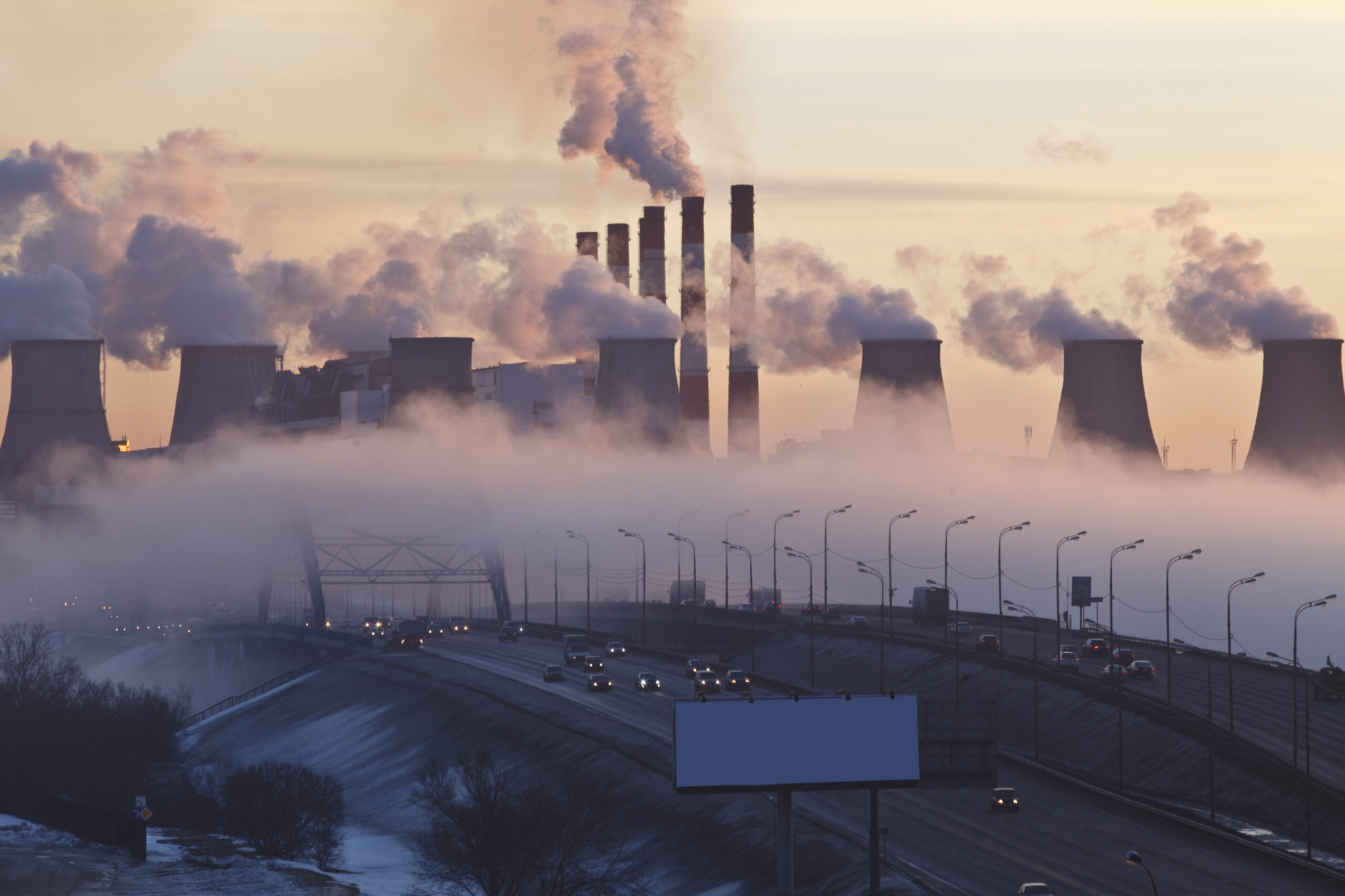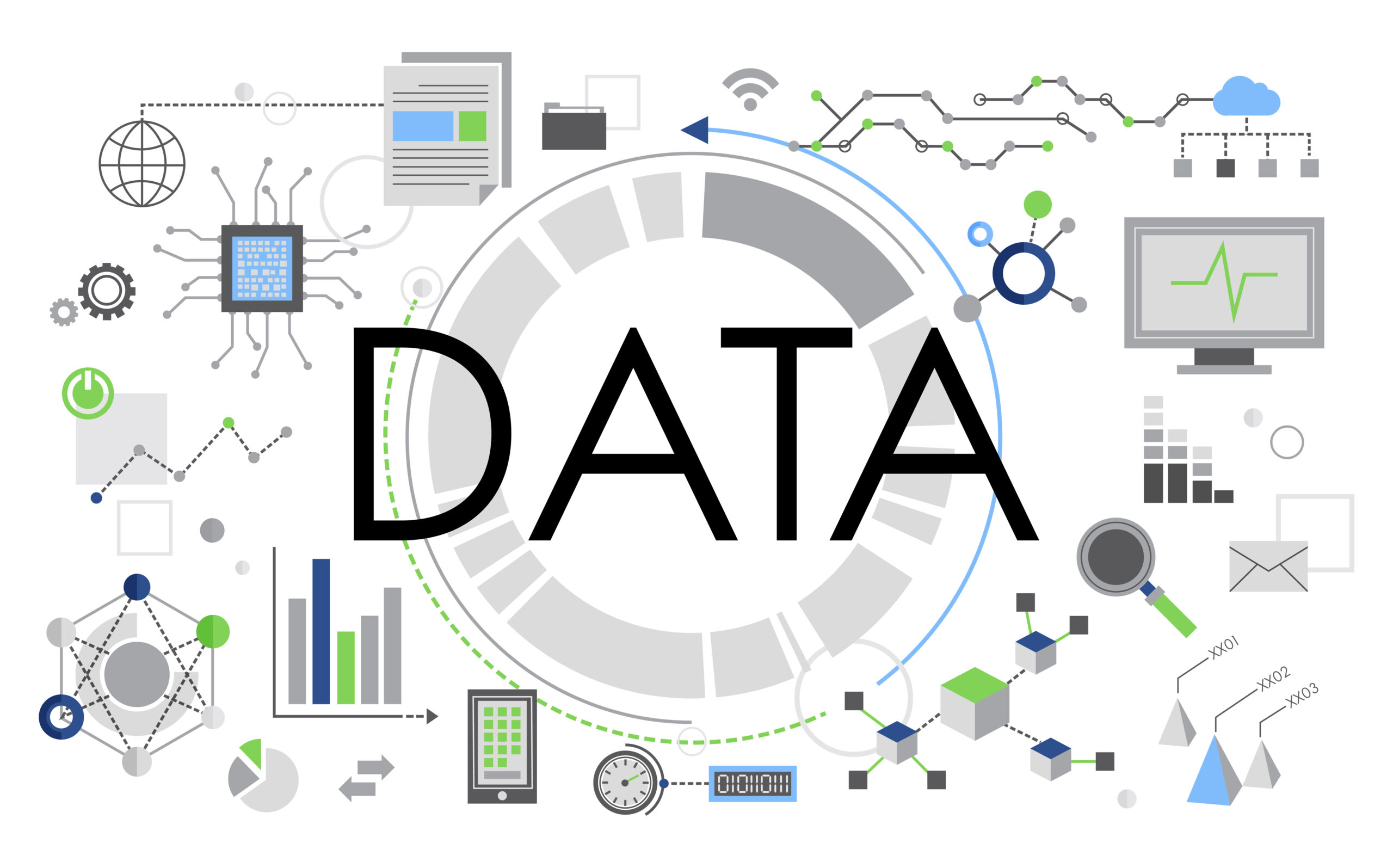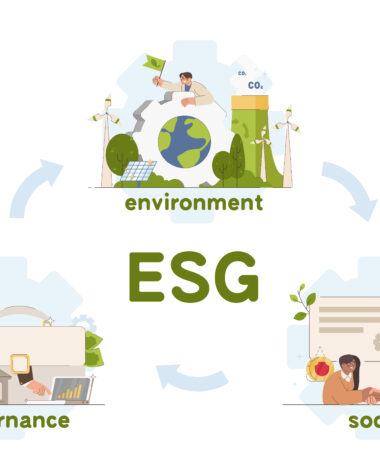The world’s energy landscape is undergoing a profound transformation, driven by the pressing need to transition from fossil fuels to sustainable alternatives. As climate change looms as a formidable threat, the urgency to embrace renewable energy sources has never been greater. This blog delves into the intricacies of alternative energy, exploring its potential, challenges, and the pivotal role it plays in shaping a sustainable future.
The Rise of Alternative Energy: A Paradigm Shift
Alternative energy, also known as renewable energy, refers to sources that replenish naturally and do not contribute to greenhouse gas emissions. These sources include solar, wind, geothermal, hydro, and biomass. The shift towards alternative energy is driven by several factors:
- Climate Change: The escalating impacts of climate change, evident in rising sea levels, extreme weather events, and melting glaciers, have heightened the need for sustainable energy solutions.
- Resource Depletion: The finite nature of fossil fuels, coupled with concerns about their environmental impact, has spurred the search for renewable alternatives.
- Affordability: Technological advancements and economies of scale have made renewable energy increasingly competitive with traditional sources.
- Public Awareness: Growing public awareness of the environmental and health impacts of fossil fuels has fueled the demand for cleaner energy solutions.

Harnessing the Sun: Solar Energy’s Prominence
Solar energy, derived from the sun’s radiation, is a rapidly evolving and cost-effective alternative to fossil fuels. Photovoltaic (PV) panels convert sunlight directly into electricity, while concentrated solar power (CSP) technology harnesses the sun’s heat to generate electricity or heat water. Solar energy is particularly promising for powering homes and businesses, with installations growing exponentially worldwide.
Wind Power: Capturing the Power of the Winds
Wind energy, harnessed from the movement of air, offers a clean and abundant source of electricity. Wind turbines convert the kinetic energy of wind into electricity, generating power on land or offshore. Wind energy is particularly suitable for areas with strong and consistent winds, providing a reliable source of electricity.
Geothermal Energy: Drawing from the Earth’s Inner Heat
Geothermal energy, derived from the Earth’s internal heat, is another renewable and sustainable resource. Geothermal systems tap into underground reservoirs of hot water and steam, using them to generate electricity or directly heat buildings. Geothermal energy is particularly abundant in regions with active volcanic or tectonic activity.
Hydropower: Harnessing the Power of Flowing Water
Hydropower, the energy generated from moving water, has been a major source of electricity for decades. Hydroelectric dams harness the energy of falling water to generate electricity, providing a reliable and stable form of renewable energy. However, dam construction can have significant environmental impacts, raising concerns about biodiversity loss and ecosystem disruption.
Biomass Energy: Sustainable Energy from Renewable Sources
Biomass energy, derived from organic matter such as plants and agricultural waste, can be converted into electricity or biofuels. Biomass power plants utilize combustion or gasification processes to produce electricity, while biofuels, such as biodiesel and bioethanol, can replace fossil fuels in transportation. However, biomass energy production must be carefully managed to avoid unsustainable practices that deplete natural resources or contribute to deforestation.
Challenges and Opportunities in the Transition to Alternative Energy
While the transition to alternative energy presents immense opportunities, it also faces several challenges:
- Infrastructure and Cost: The upfront costs of developing and integrating renewable energy infrastructure can be significant, requiring government support and investment.
- Storage and Grid Management: Storing and managing intermittent renewable energy sources, such as solar and wind, is a challenge that requires technological advancements and grid integration strategies.
- Public Perception: Overcoming public concerns about the visual impact of renewable energy installations, such as wind turbines, is crucial for broad acceptance.
Navigating the Path Forward: A Collective Responsibility
The transition to alternative energy is an ongoing process that requires collaboration among governments, industries, and individuals. Policymakers must create supportive regulatory frameworks, invest in research and development, and provide incentives for renewable energy adoption. Industries must invest in innovative technologies and optimize renewable energy infrastructure integration. Individuals can make a difference by adopting energy-efficient practices, supporting renewable energy companies, and advocating for sustainable energy policies.
Conclusion: A Brighter Sustainable Future
The transition to alternative energy is not merely an option; it is an imperative for a sustainable future. By harnessing the power of renewable sources, we can mitigate climate change, reduce greenhouse gas emissions, and ensure a cleaner, healthier planet for generations to come. The journey toward a sustainable future is paved with challenges, but the rewards of a healthier planet and a secure energy supply are immeasurable. Let us embrace the opportunities presented by alternative energy and collectively shape a brighter, more











